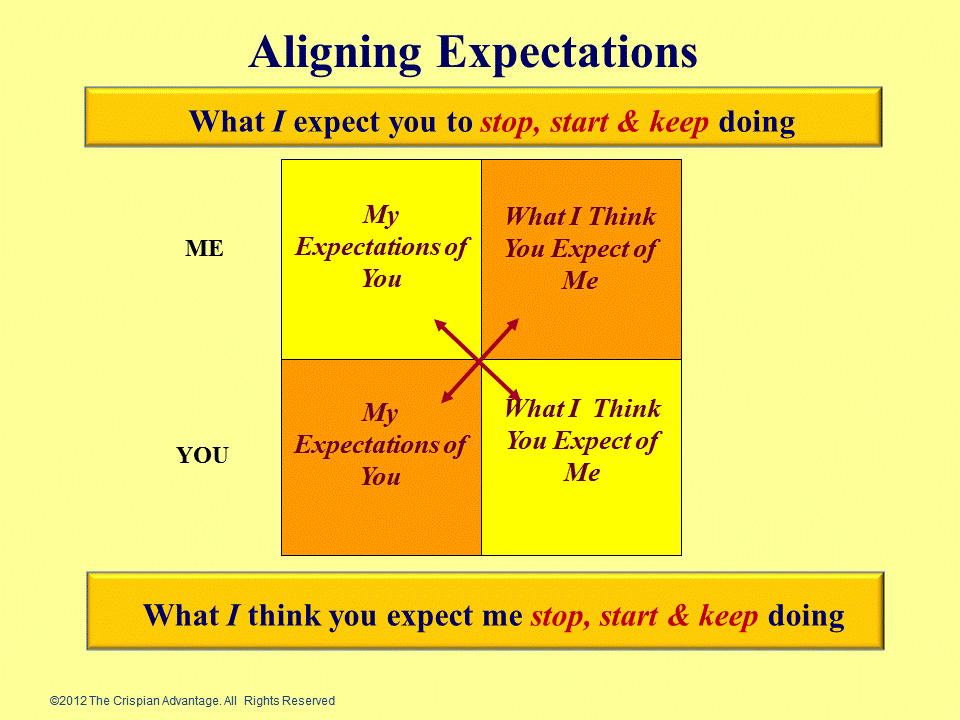INTRODUCTION
Accurate communication can be defined as
Unfortunately, between two minds there is often a breeding environment for misunderstanding and distortion. It’s where phrases like “I don’t think we are on the same page” originates. Many factors influence such distortions. These include:
- style and structure of the communication
- social climate between the sender and recipient of a message,
- integration of the message with other experience and learning
- motivation of the recipient to listen.
EFFECTS OF STYLE AND STRUCTURE
Short contributions are easier to remember than long, rambling statements. It seems also that the beginning and end of a message have more impact than the middle. The more “pieces” there are in a message, the more difficult it is for the recipient to fit them all together as the sender intended; and the more loosely the pieces are fitted together, the more likely it becomes that some important pieces get “lost in transit”.
These points become critical when combined with other factors and adds to distortion and misunderstanding of even a well constructed message.
The recipient’s emotions can be a powerfully distorting factor, whether the emotion is hostile or favourable. It is very difficult for someone to receive a message and then summarize it accurately if he or she strongly disagrees with it then such misperception leads to misunderstanding and conflict. Equally distorting can be the “halo effect” created by positively supportive emotions in the recipient.
More broadly, however; the evaluation and integration of any message will be colored by the recipient’s “general view of the world” and previous experience. Information is not accepted by the brain in a linear, word-by-word or sentence-by-sentence fashion, but rather in a series of connections and relationships which are personal and based on individual’s own value-system. In a group, each individual will make their own connections to words and messages, reflecting their experience and evaluation; this influence may produce as many individually coloured perceptions of one message as there are communication channels in the group. E.g 8 people can have 56 communication channels and 28 relationships.
Sometimes this connecting process offers the recipient a better understanding, as if the piece of information received acts as the final piece of a jigsaw; but if inappropriate linkages are made, faulty interpretation will result.
COMMON PITFALLS
Research carried out earlier this century by Sir Frederick Bartlett identified four main kinds of error occurring in the passing on of messages. They can have critical effects, when, as often happens in organization, the recipient of a message has to pass it along a “chain” of other people.
Such ineffective communication can be disastrous.
There is the famous story of the British Army Commander who sent the message:
“Send reinforcements, we’re going to advance.” back to the Command Center, through a long chain of subordinates. When the message finally reached the Command Center, it had “mutated” to become “Send three and four-pence, we’re going to a dance.”
Bartlett’s Four Errors
The four kinds of error identified by Bartlett are:
- Rationalization:
Here the recipient attempts to make sense of a message according to his own frame of reference, which can result in changed meaning. - Transformation of Detail:
Here the recipient changes words into more familiar language – with amusing or
difficult consequences when “mistranslation” occurs. - Change in the Order of Events:
The recipient’s own sense of priorities, and hence of the relative
importance of the “pieces” of the message, may lead him to change
their order when he passes the message on. - Omissions:
Something is left out, or just forgotten, when the message is passed on.
Any one of these changes – let alone the compounding of such changes along a chain of recipients and passers-on – can have a significant effect on the accuracy of the message that reaches the end of the chain; and the costs of this phenomenon in an industrial environment can be very high. E.g. Two out of three change initiatives fail in North America – the No. 1 reason “people not getting it, people subverting it….
CONCLUSION – AVOIDING PITFALLS
Communication is a complex process, and its effectiveness can be reduced by failure to take account of the factors and difficulties discussed above.
Anyone wishing to “get a message across” can help the intended recipient by ensuring that the message is not overlong and that its structure – i.e. the
relationship between the various “pieces” of the message – is made clear (the more pieces there are, the more important the structuring of the
message becomes). It pays also to take into account how the recipient sees the world and the emotional impact the message may have on him, and to compose the message accordingly.
Two behaviours in particular can help to combat potential misunderstanding: these are TESTING UNDERSTAND AND SUMMARIZING. Their use will, firstly, help to identify and overcome perceptual differences and, secondly, highlight key points that need to be emphasized. This is especially true of clarifying roles in changing circumstances.

1. What I expect you to Keep, start & stop doing.
2. This is what I think you want me to stop, start & keep doing
3. What do you expect me to keep, start & stop doingg in return?
4. What do you think I expect you to keep, start & stop doing?
Need Help in Getting Your People on the Same Page?
Ask Nick Anderson, Focusing Change To Win’s Co-Author
To Contact Us
[contact-form subject=”Feedback from pdsgroup.wordpress.com” to=”nanderson@thecrispianadvantage.com”] [contact-field label=”Name” type=”name” required=”true” /] [contact-field label=”Email” type=”email” required=”true” /] [contact-field label=”Industry” type=”text” /] [contact-field label=”Feedback” type=”textarea” required=”true” /] [/contact-form]
___________________________________________________
© Copyright All Rights Reserved, The Crispian Advantage. Unauthorized use and/or duplication of this material without express and written permission from this blog’s author and/or owner is strictly prohibited. Excerpts and links may be used, provided that full and clear credit is given to Nick Anderson, The Crispian Advantage and Walk the Talk – A Blog for Agile Minds with appropriate and specific direction to the original content.



